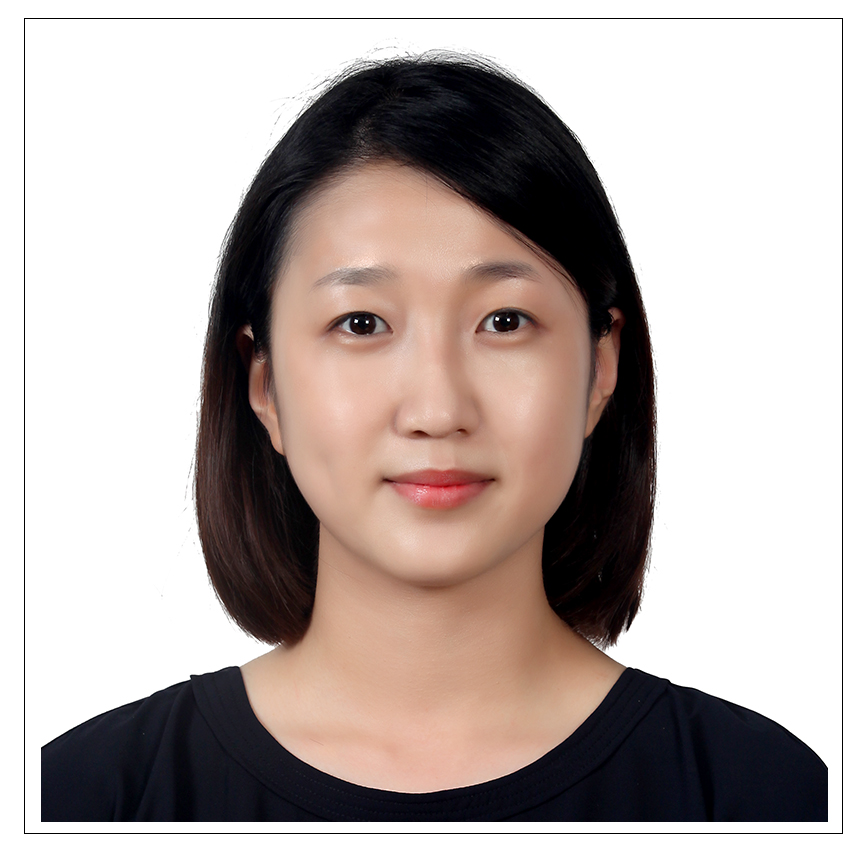Obsessive Compulsive and Related Disorders
The Psychometric Properties of the 8-Item Brief Obsessive Compulsive Inventory (BOSI)
(PS7-C65) The Psychometric Properties of the 8-item Brief Obsessive Compulsive Inventory (BOSI)
- BA
Bryce Arseneau, M.S.
Student
University of Wisconsin - Milwaukee
Milwaukee, Wisconsin 
Yourim Kim, M.A.
Doctoral Student
University of Wisconsin-Milwaukee
Milwaukee, Wisconsin- HL
Han-Joo Lee, Ph.D.
Professor
University of Wisconsin - Milwaukee
Milwaukee, Wisconsin
Author(s)
Co-Author(s)
Obsessive Compulsive Disorder (OCD) is characterized by heterogeneous symptom presentations. In explaining this heterogeneity, the autogenous-reactive model of obsessions (Lee & Kwon, 2003) has gained considerable empirical support. Autogenous obsessions (AOs) are unrealistic, ego-dystonic sexual, aggressive, and immoral intrusive thoughts and impulses. While reactive obsessions (ROs) are realistic/rational, thoughts about contamination, threats of mistake/accident, asymmetry, and loss. The literature has shown systematic differences between the two subtypes in their associated cognitive and behavioral characteristics. The Revised Obsessional Inventory (ROII) is a 52-item measure able to subtype obsessional intrusions based on AO-RO taxonomy. However a briefer instrument is needed to more efficiently and reliably assess the presence and severity of AO vs. RO symptoms. Our study sought to evaluate the psychometric properties of the 8-item Brief Obsessive Compulsive Inventory (BOSI) designed to detect AOs and ROs efficiently. We predicted that the BOSI would demonstrate the two-factor structure of AO and RO, and demonstrate good reliability and construct validity.
In Study 1, we conducted an exploratory factor analysis using a student sample (N=358). Based on principal component analysis with a varimax rotation, the BOSI’s 8 items were found to load on two distinctive factors. Four items of reactive obsessions related to germs/contamination, accident/disaster, mistakes to harm self/others, and asymmetry formed the RO factor. Four items containing thoughts about violence/aggression, blasphemy, and images of embarrassing/aversive events formed the AO factor. The two factors explained 62.7% of the variances. RO (α = .71) and AO (α = .79), as well as all items combined (α=.81) showed good reliability.
In Study 2, using a student sample (N=61) examining the construct validity of the BOSI, we examined whether AO vs. RO factors of the BOSI can significantly explain the AO and RO indices of the ROII while considering other relevant covariates. In hierarchical regression analysis, even after controlling for scores on the Obsessional Compulsive Inventory – Revised (OCI-R; Foa et al., 2002) and DASS-21(Depression/Anxiety subscales), BOSI-AO emerged as a strong predictor of the ROII-AO index (F(4,45)=15.51, R2= .63). Similarly, in predicting the ROII-RO index, after controlling for the severity of OCD symptom and emotional distress, the BOSI-RO was strong predictor of the ROII-RO index (F(5,45)=16.8, R2=.612). BOSI-AO and RO also explained an additional 10.4 and 9%, respectively (β=1.6, p < .001, β=-2.4, p =.001).
The current study showed that the 8-item BOSI offers the ability to assess two distinctive factors of AO and RO, has good psychometric properties, and correspond well with the established AO-RO factors of the ROII. These findings suggest that the BOSI can be used to evaluate the severity of AOs and ROs in a time-efficient manner. Using the BOSI will significantly help clinicians and researchers to quickly assess the primary type of obsessional intrusions to evaluate the nature of individual’s clinical presentation of OCD, which would allow them to target specific symptoms and design personalized therapeutic approaches.

